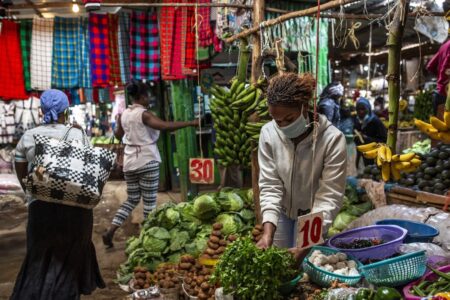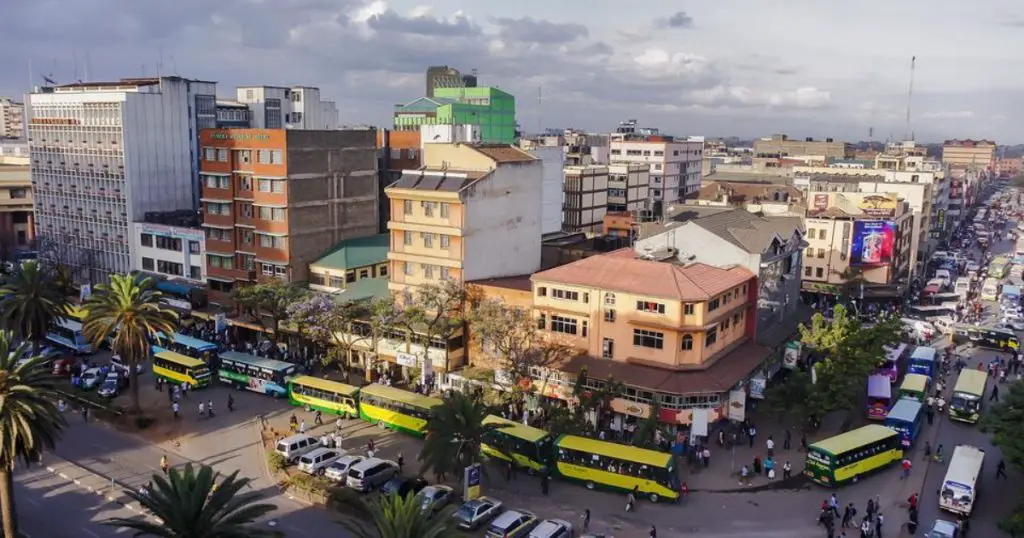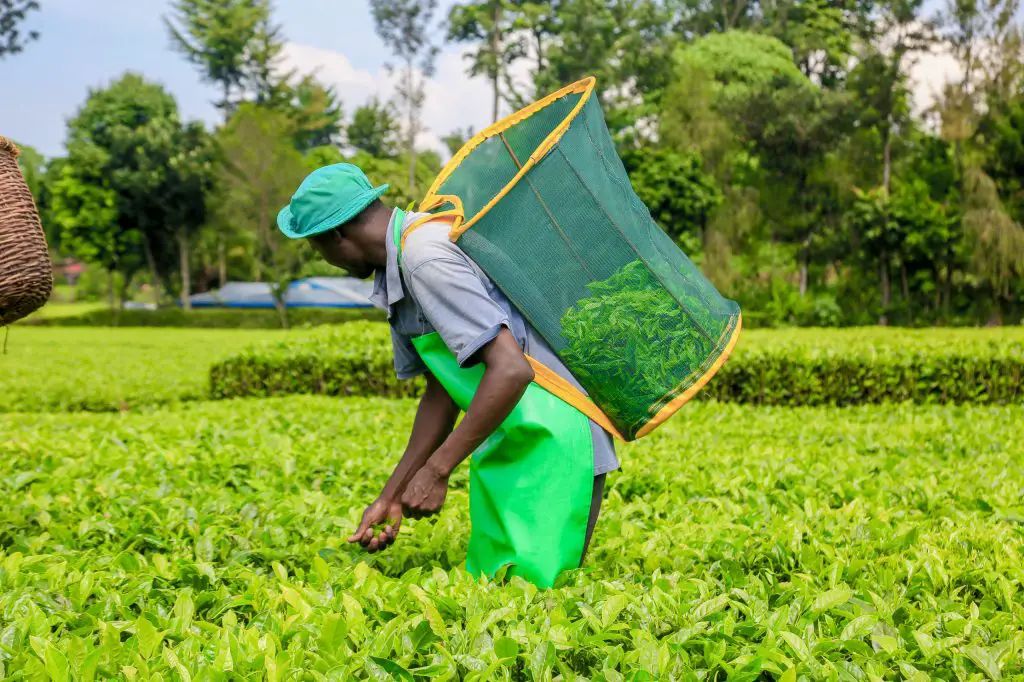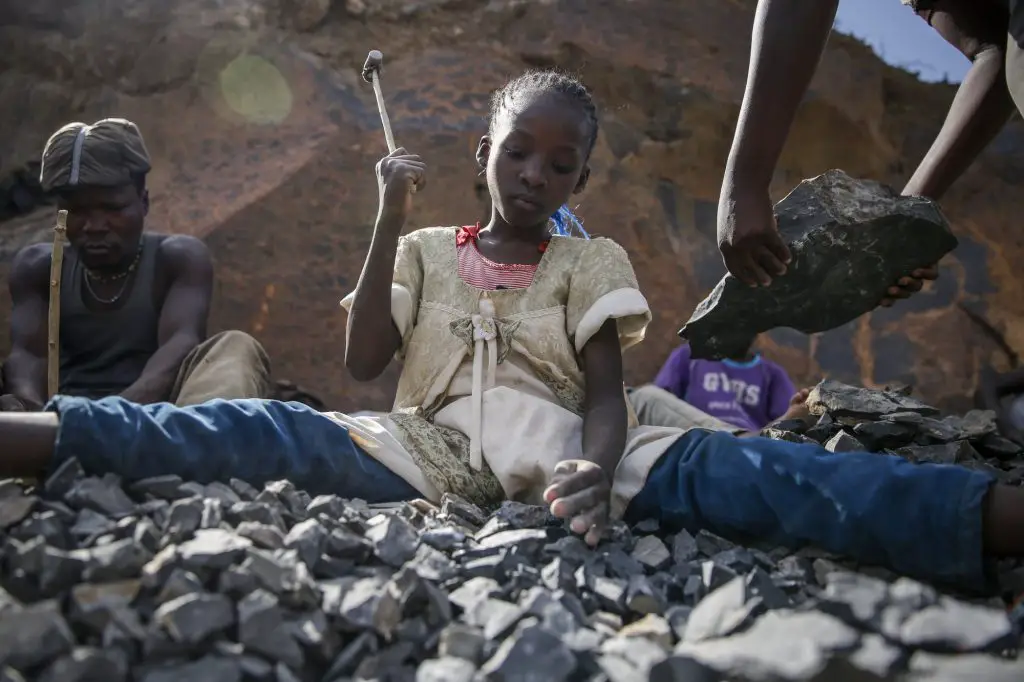- Africa’s new dawn: the rising role of digital and AI in agriculture
- Can Dangote Refinery Transform Africa Energy Ambition
- Gallup Survey: 80 per cent of Kenyan Workers Are Disengaged and Seek New Opportunities
- Madagascar Man Freed from 5KG Tumor After 15-Year Struggle
- How women in Africa are perceived and treated
- Sugar consumption in Kenya to Increase to 1.23 Million Tonnes
- Can Somalia and Turkey Oil deal Bring Change in Somaliland
- Remittances to Kenya dropped to $371.6 million in June, marking a six month low
Browsing: Inflationary pressures
Kenya’s inflation has marginally dropped for the third straight month providing relief to households that have been battling runaway inflation since April last year.
The overall year-on-year inflation rate as measured by the Consumer Price Index (CPI) was 9.0 per cent in January 2023, down from 9.1 per cent in December and 9.5 per cent in November last year.
It hit a five-year high of 9.6 per cent in October 2022, data by the Kenya National Bureau of Statistics (KNBS) shows. The lower inflation (measure of the cost of living) in January however remains above the preferred ceiling of 7.5 per cent.
According to the government statistician, the high inflation was due to increase in prices of commodities under transport (13.1%), food and non-alcoholic beverages (12.8%) and housing, water, electricity, gas and other fuels (7.3%) between January 2022 and January 2023.
These three divisions account for over 57 per …
- Businesses in Kenya only saw a mild improvement in operating conditions in October 2022
- The latest Purchasing Managers’ Index showed that ongoing concerns about the rising cost of living led to a softer expansion in new orders and a renewed drop in output
- Inflationary pressures remained severe, as firms highlighted a record increase in purchasing costs from the previous month
According to the latest Purchasing Managers’ Index, businesses in Kenya only saw a mild improvement in operating conditions in October 2022.
The Stanbic Bank Kenya survey showed that ongoing concerns about the rising cost of living led to a softer expansion in new orders and a renewed drop in output.
Despite this, employment continued to rise amid increased backlogs, while firms were the most upbeat about the
outlook for activity since July 2021.
“October’s PMI continued to signal an improvement in business conditions, albeit with a loss of momentum
compared …
Trends suggest Kenya has outstanding resilience due to the quick bounce seen after the last election. Analysts believe the future leader must actively concentrate on transformation to allow the coupling of infrastructure investments to overall sustainability.
The future administration must establish legislation supporting political stability and social harmony to unleash industrial sector development. The adjustments will generate jobs, attract international investors, and lessen import dependency.…
The most significant concern is Africa’s susceptibility to growing inflation in developed and developing economies, given the continent’s reliance on imports.…
In the construction sector, the price of steel and cement has increased exponentially. And, things are not getting better.
The Kenya Transporters Association has instructed its members across the country to raise freight rates by at least 5 per cent in order to maintain their companies under the current circumstances. The notification issued on March 14 was to help the freighters avoid a total collapse of the sector.
In a petition to parliament, the Consumers Federation of Kenya called for the elimination or reduction of the current 16.5 per cent value-added tax on liquefied petroleum gas to 8.5 per cent.
Pressure from the International Monetary Fund (IMF) put the treasury under pressure to increase the VAT on all petroleum goods in 2018. The IMF said that the implementation of the VAT would ensure that the government is able to meet its financial obligations.…









